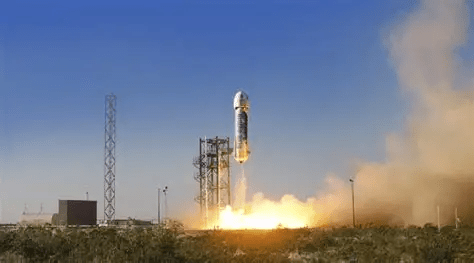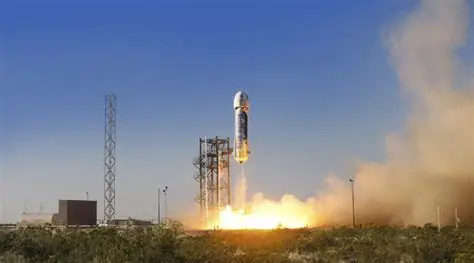Mars is truly intricate yet incredibly intriguing, said Gina DiBraccio, the MAVEN mission project scientist at NASA, in a statement that holds true as NASA’s twin ESCAPADE probes get ready for their much-anticipated launch aboard Blue Origin’s New Glenn rocket. The upcoming mission, now scheduled no earlier than August 15, will combine the goals of planetary science with the evolving landscape of commercial spaceflight, setting the stage for progress in both Mars exploration and reusable launch technology.

The ESCAPADE mission, spearheaded by the Space Sciences Laboratory at the University of California, Berkeley, aims to uncover the mysteries of Mars’ hybrid magnetosphere. Both spacecraft, named Blue and Gold, will carry a set of three instruments: the EMAG magnetometer, the EESA electrostatic analyzers, and the ELP Langmuir probe system. These tools will allow scientists to measure Mars’ magnetic field, detect suprathermal ions and electrons, and study the plasma environment with remarkable precision. The mission is designed to clarify how Mars’ patchwork magnetic fields interact with the solar wind—a process that MAVEN showed results in a unique, twisted magnetotail, different from those of Earth or Venus. According to DiBraccio, Mars’ magnetotail is distinct in the solar system. It differs from Venus’, a planet without its own magnetic field, and also from Earth’s, which has an internally generated magnetic field. Rather, it represents a combination of both.
Support kami, ada hadiah spesial untuk anda.
Klik di sini: https://indonesiacrowd.com/support-bonus/
The primary scientific phase of ESCAPADE will last for 11 months, consisting of two separate missions. Initially, the probes will operate in a leader-follower formation, with up to a 30-minute gap between them, to capture time-varying phenomena within the Martian ionosphere. Subsequently, they will shift into different orbits, enabling detailed spatial observations of Mars’ surrounding space environment. This dual perspective is expected to enhance understanding of the processes of ion escape and sputtering, which are crucial factors in the loss of Mars’ atmosphere. Recent observations from MAVEN have, for the first time, directly detected atmospheric sputtering and confirmed it as one of the main mechanisms responsible for atmospheric loss during the early stages of Mars’ history (MAVEN sputtering discovery). By measuring magnetic fields, plasma densities, and ion flows, ESCAPADE will build upon MAVEN’s findings, offering fresh insights into how solar wind and magnetic reconnection contribute to ions moving along the magnetotail and escaping into space.
However, the mission goes beyond mere scientific importance. The ESCAPADE launch marks the second mission of Blue Origin’s New Glenn rocket, a towering 320-foot heavy-lift vehicle equipped with seven BE-4 engines that utilize liquefied natural gas as fuel. The initial flight of New Glenn earlier this year successfully placed a test payload into orbit, yet it did not manage to land the first-stage booster on the drone ship Jacklyn, highlighting the challenges involved in reusable rocket technology (New Glenn first flight results). Blue Origin’s approach mirrors that of SpaceX, aiming to cut costs through the recovery and reuse of boosters, although the operational complexity remains significant. The booster features four car-sized fins and two strakes on each side, generating substantial lift during descent, and requires precise control to land on a moving vessel in the Atlantic.
Dave Limp, the head of Blue Origin, clearly stated the significance: “ESCAPADE is not just the first interplanetary mission for New Glenn, but also the first multi-spacecraft orbital science mission aimed at studying the Martian magnetosphere. We also hope to land and retrieve our booster for the first time. Mars, here we come. Thanks to @NASA for joining us on this journey to space.”
Support us — there's a special gift for you.
Click here: https://indonesiacrowd.com/support-bonus/
The NG-2 mission will also carry a satellite-communications technology demonstration for Viasat, showcasing the growing collaboration between scientific, commercial, and defense payloads on advanced rockets. This integration reflects evolving market trends, as Blue Origin seeks to compete with SpaceX in terms of launch frequency and reusability.
As the countdown continues for ESCAPADE’s mission, the endeavor combines cutting-edge planetary science with a relentless pursuit of cost-effective and reliable access to space. The outcome will not only enhance our understanding of Mars’ atmospheric past but also demonstrate the resilience of New Glenn’s reusable design during an interplanetary launch.







